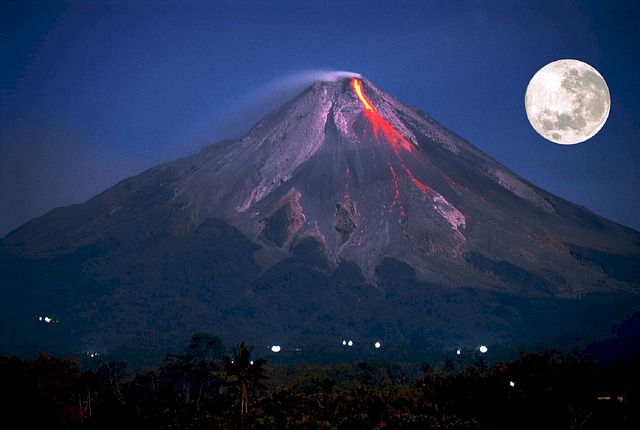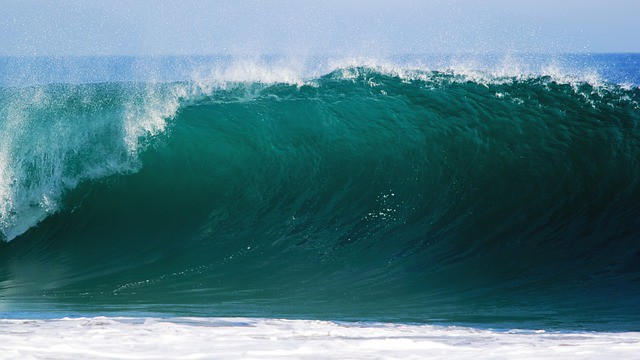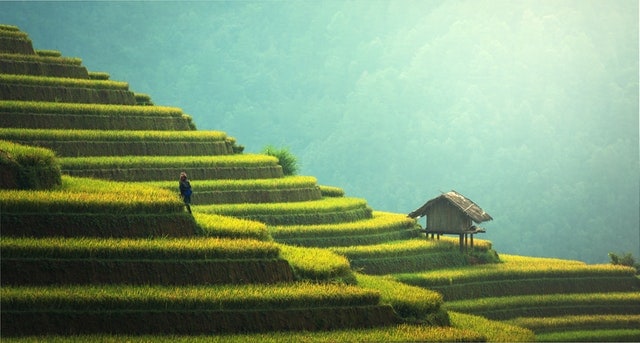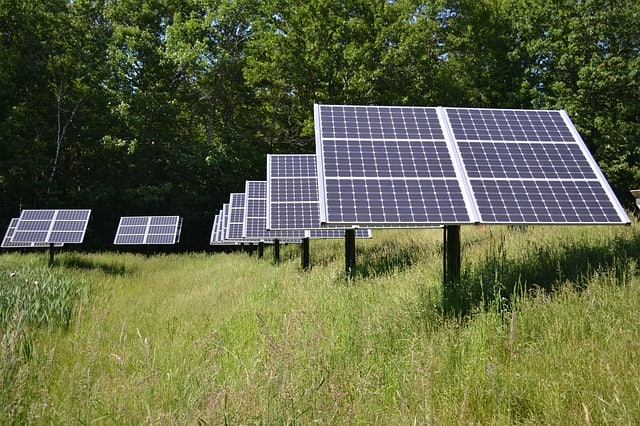In this article, we will discuss one of the most interesting nature’s things on the earth i.e Volcano. This article “What are the effects of volcanoes on the environment?” not only include effects of volcanoes but also how volcanoes are formed and other related useful subtopics.
What is a Volcano?
A volcano is an opening on earth’s surface ( mostly an opening on mountains and hills) from which warmer material comes out. That opening is called a crater. That warmer material inside the surface is called Magma. Magma is called as Lava when it comes outside from the earth’s surface.
How Are Volcanoes Formed?
To understand how volcanoes are formed, we need to know different layers of the earth in the first place. Earth layers are Inner Core, Outer Core, Mantle, and Crust. Inner Core is the layer which is at the center of the earth and Crust is the layer which is the outermost layer or just below the earth surface.
Due to the high temperature and heat at the center of the earth, lot of molten rock materials present in different layers of the earth. Volcano’s molten rock is generally present at the upper layer of the mantle and lower layer of crust. That molten rocks here is nothing but Magma. Now let’s see how volcanoes erupt.
How Do Volcanoes Erupt?
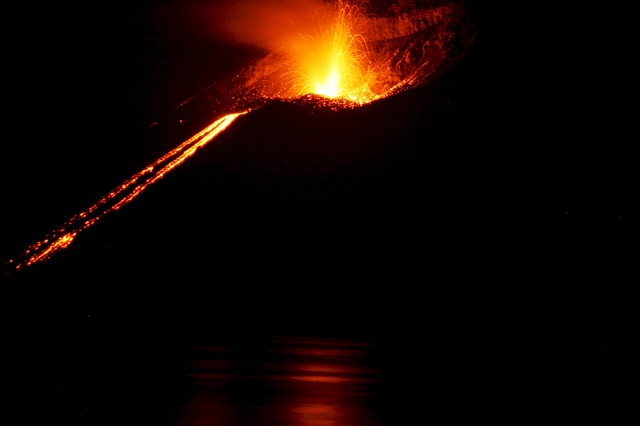
At high pressures, this magma tries to come out of the earth’s crust and creates a hole at the surface of the earth. That opening is called a crater. But the flowing speed of the magma eruption depends on the thickness of the molten rocks. Since the Magma is lighter than the surrounding rocks, it tries to rise towards the surface of the earth.
Some of the magma gets pushed into the empty spaces those are called chambers or Magma chambers. These Magma Chambers contain Magma for a lot of time and they slowly try to move towards the surface of the earth creating a vent.
There will be a secondary vent which is a smaller outlet for the magma to escape. So basically, this is how volcanoes erupt. But there could be many possible conditions for the volcanoes to erupt. The author “Baby Professor” clearly explains the formation of volcanoes and their behavior in his book at Amazon here
This book refers about how it happens, how it develops and the reasons why they, sometimes explode, all in reference to Volcanoes.
Beautiful photographs with several important facts showing different earth and weather conditions that influence a volcano to release its power. The book also refers to various positive and negative effects of volcanoes on the environment.
Remember, there will be high temperatures when magma comes out of the earth’s surface. The temperature of lava could range anywhere from 800°C to 1500°C.
Difference Between Magma and Lava?
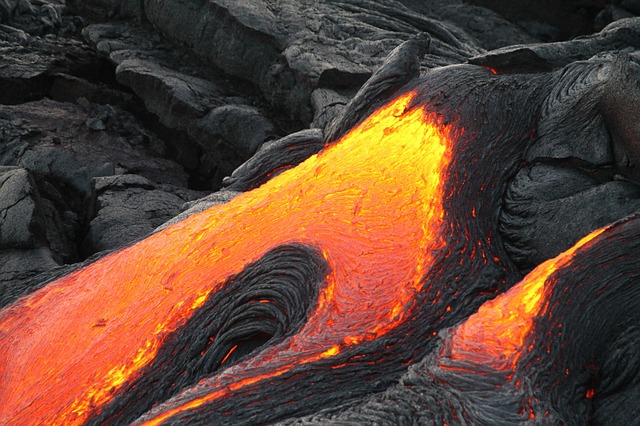
As I discussed earlier, Molten rocks which reside in the earth’s crust is Magma and the Molten Rock the comes out to the earth surface through the vent is called as Lava. Both are Molten Rock material but called differently.
What Are The Effects Of Volcanoes On The Environment?
volcanic eruptions have some positive effects, unlike any other natural disasters. Of course, they also have negative effects.
Negative Effects Of Volcanoes:
- When a volcano erupts, there will be a high chance of ash spreading around the volcano for certain kilometers. That ash can cause breathing problems to people living near the volcano.
- When Lava comes out from the volcano, that will flow down the stream and burn living and non-living things those come in the way. It may or may not kill people because the flow of lava is very slow and it would not run over people. But definitely, there will be loss and damage.
- Pyroclastic flows of volcanoes are very dangerous. The reason is, it is a mixture of ash and hot gases. And travel very fast with speed of more than 100km/h. So it is better to evacuate places if such place is near to the volcano which can cause pyroclastic flows.
- Although it may not be health hazard watching volcano from near, when it is not erupting and releasing ash, it can cause damage to people with respiratory problems.
- Human and natural landscapes get destroyed.
- Agricultural lands near the Volcanic mountains become infertile for farming for a few years. It is not a long-term negative effect.
- The ash and gases mix with rainwater or melting snow. As a result, fast-moving mudflows are created.
- Many lives can be lost and go into danger because of Volcanic Eruptions.
- If the ash is discharged high into the stratosphere can have negative effects ozone layer.
- There will also be problems for aircraft, which flow on top of volcanic eruptions, they will face the issue of engine becoming hotter.
Positive Effects Of Volcanoes:
- One of the interesting things about the Volcanic eruptions is the beauty that it exhibits. It helps to create tourism around that area and create more jobs.
- Volcanoes also provide nutrients to the surrounding soil. Ash from the volcano contains minerals which could benefit the plants. If the ash is very fine it gets mixed to the soil very quickly.
- Fundamentally, Gases of volcanoes are also one of the reasons for the source of all the water that we have today. It was a slow process and it had happened for billions of years.
- Importantly, volcanoes helped us to cool down the earth removing the heat inside the earth.
- Volcanic deposits are used for building different materials.
- Volcanoes under the oceans can create new islands by erupting for thousands of years. It can create lands in the middle of the oceans and which eventually become islands.
- Precious gems are also another benefit that volcanoes eruptions make available. Stones like pumice volcanic ash and perlite (volcanic glass) are all mined and used for various commercial uses.
- Volcanoes also help in generating electricity by making the land geothermal field. These geothermal fields often create geysers, hot springs and boiling mud pools. They can be harnessed for geothermal energy. In this process, pipes are placed in the Earth and channel steam upwards to turn turbines and generate electricity.
- Importantly, Earth’s atmosphere has begun to form after its formation 4.6 billion years ago. The gases stored inside the earth had spread to surroundings on the earth, only because of the volcanic eruptions.
Now you know “what are the effects of volcanoes on the environment” and let’s see Some famous Volcanoes in the world and also facts about volcanoes.
Top 10 Famous Volcanoes In The World
- Mount Vesuvius
- Krakatoa
- Mount St. Helens
- Mount Tambora
- Mauna Loa
- Eyjafjallajokull
- Mount Pelée
- Thera
- Nevado del Ruiz
- Mount Pinatubo
Facts About Volcanoes
- Believe it or not, there are more than 1800 active volcanoes in the world.
- Hawaii, Alaska, California, Oregon, and Washington are the places in the US where volcanoes exist. But the people in Hawaii and Alaska are high in number compared to remaining states. Hawaii and Alaska people may experience more loss and damage.
- The sounds of volcanic eruptions are booming and can also be quiet. The sounds of crack may travel many miles.
- Gaseous emissions of volcanoes formed the earth’s atmosphere billion years ago.
- More than 80 percent of the earth’s surface is formed due to the volcanic eruptions and deposits.
- One in 30 people lives in danger areas near to the Volcanoes.
- There are different types of volcanoes like the shield (flat), composite (tall and thin), cinder cones (circular or oval cones), and lava domes not just Cone shaped volcanoes.
- Mauna Loa in Hawaii standing at 4,169m is the world’s largest active volcano.
- Krakatau generated the loudest sound reported in history while erupting in 1883, releasing 200 megatons of energy, the equivalent of 15,000 nuclear bombs.
- When Mount Vesuvius erupted in A.D 79, the Italian town of Pompeii was devastated. The ash deposits preserved the town and the remains of the people within it. Interestingly we can still see them today.
Also, here are a few hand-picked articles for you to read next:
- What Does Nature Give Us?
- Why Is The Ozone Layer Important To Living Things?
- How Are Mountains Useful To Us?
- What Are The Uses Of Rivers?
- Why Is Renewable Energy Important For The Future?
- The Real Importance of Trees In Our Life
- How To Actually Control Noise Pollution?
- What Is The Actual Importance Of Recycling?
- How To Actually Control Air Pollution?

